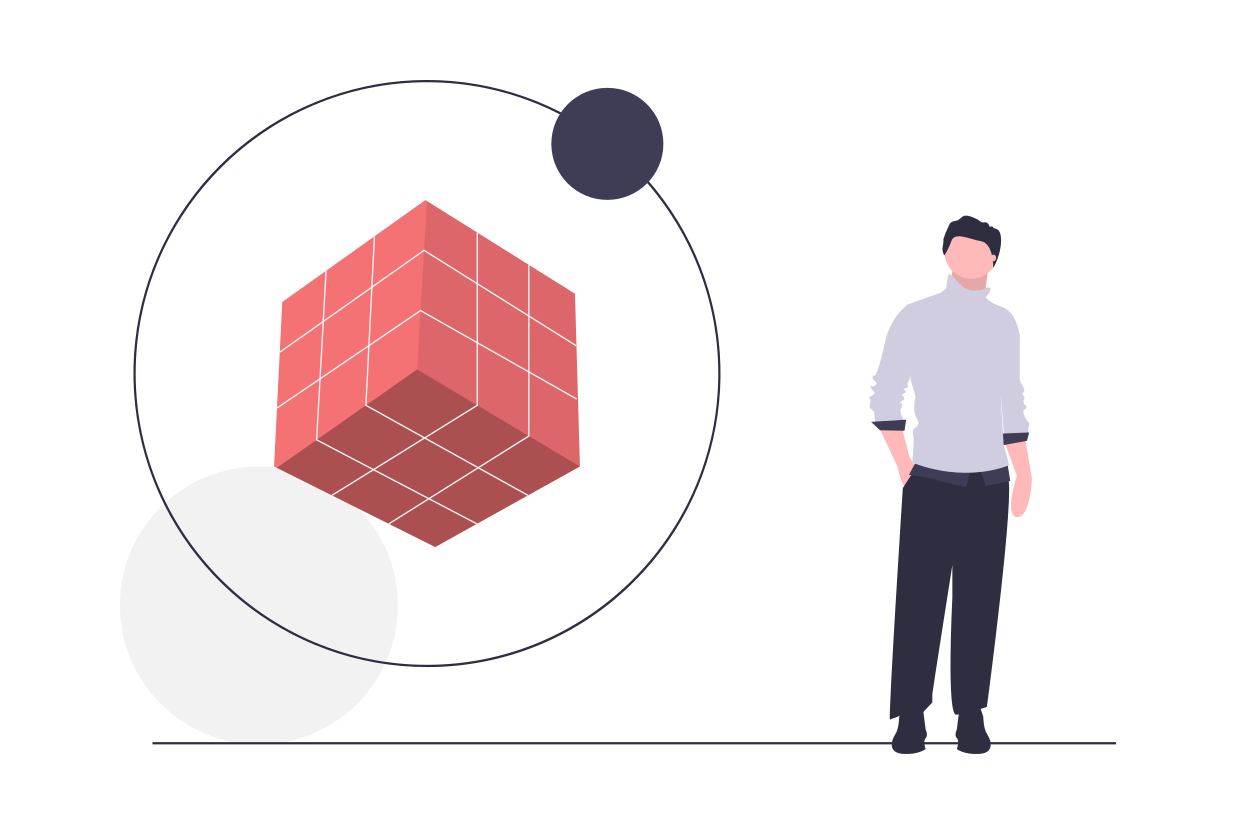Why I like using frameworks
A good execution strategy to carry out any business action (in fact, any type of action) emerges from clarity of vision. In ambiguous and complex environments, frameworks help you navigate through the noise and get to that position of clarity.

The Generalist Rises
As a young engineer moving into a business role at a management consulting firm, my first eureka moment was when I learned about problem-solving frameworks. In the first month, we (analysts) were trained to solve problems using mutually exclusive, completely exhaustive (MECE) hypotheses. Initially, this sounds complex, but when you work on it, you discover that it drives execution focus. Frameworks, mental models, planning tools - name it as you like. They’re a way to deal with situations when there is no single right answer.
Frameworks allow people to work on problems outside of their comfort zone and think from first principles. For example, say you need to increase revenues or reduce costs. There are many moving parts, but the core objective is to move from point A to point B. So, you start by establishing the baseline, i.e. the ‘current’ state (point A). Since we need to move to point B, we can use the SMART framework to articulate a specific, measurable, actionable, realistic, time-bound ‘desired future’ state (point B). Voila, you’ve used a framework to break the problem down and now have more focused questions to answer.
80-20 to emphasize the point
If I had an hour to solve a problem, I’d spend 55 minutes thinking about the problem and 5 minutes thinking about solutions.
Albert Einstein may or may not have said this, but the quote still holds.
It might seem intuitive to assume that one should spend 80% of their time figuring out ‘how’ to solve a problem. Instead, spend 80% of the time on getting to the clear ‘why’ and ‘what’ of the problem.
tl;dr version of Problem Solving
- Know where you are today
- Know where you want to get to
- Map out the stakeholders involved, build relations
- Talk to customers, to employees, to any other relevant stakeholders
- Seek data and identify patterns
- Make fact-based hypotheses and run experiments to validate or invalidate them
- Zoom in and zoom out of the problem to reduce biases from creeping in
- Tell the story behind the data
- Develop a clear conclusion, recommendation and next steps
Resources
A simple Google search on “consulting frameworks”, “case frameworks” will give you a variety of resources to explore and dive deeper into. An incredibly detailed guide on mental models is The Great Mental Models Project by Shane Parrish, author of Farnam Street blog.
Lastly, don’t over-framework
Frameworks are helpful, but it’s easy to get bogged down in finding the “best” framework and over-engineering this step of problem-solving. Use frameworks to hone the art of asking the right questions, get out of analysis-paralysis mode, and drive clarity.
Pick up what works for you and always maintain a bias for execution.
Happy problem solving!